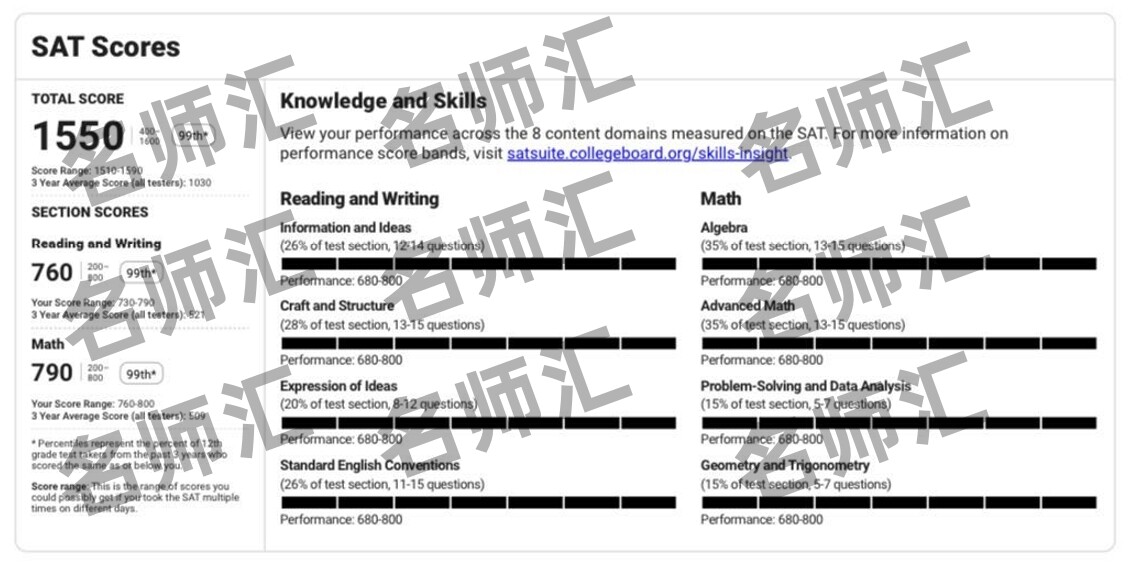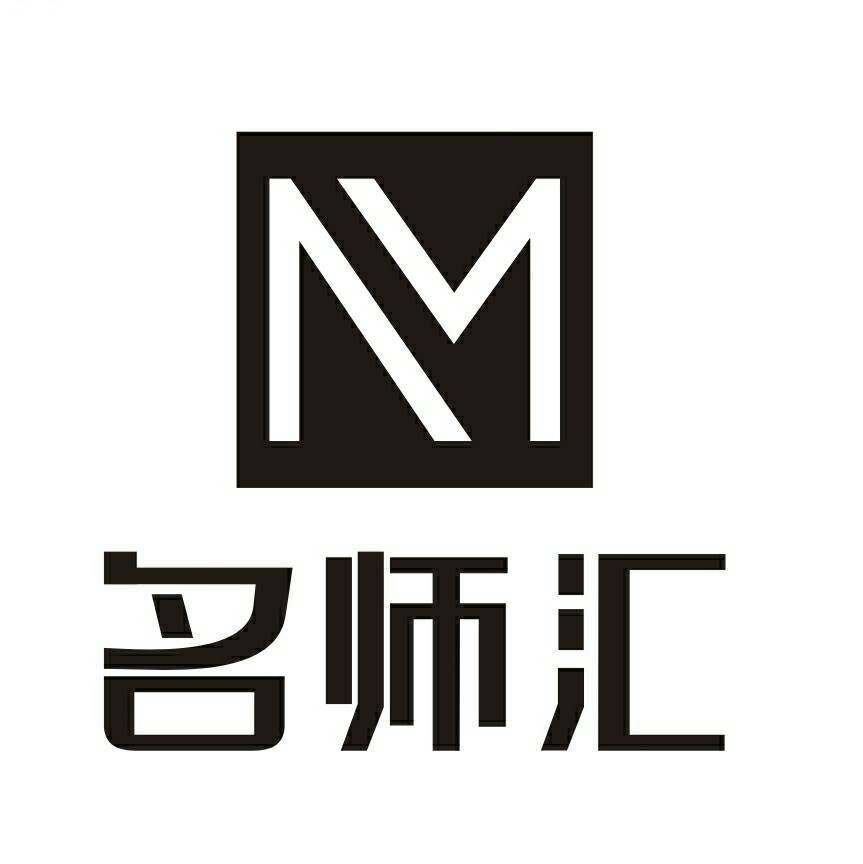The Preparation
I have tried almost every approach to the SAT: self-study, online free resources, and an experienced tutor. In the interest of time and efficiency, the last option was the best, and that was with 名师汇. Having a seasoned tutor is beneficial in two ways. The first is targeted reviews, in which your preparation process is contextualized to your weaknesses and confusion. It saves you the trouble of scourging the entire internet and buying numerous different resources that either do not address your questions or offer a clear explanation to unwound your confusion. However, a tutor would more directly tackle your conceptual misunderstandings or procedural mistakes and most directly increase your score. The personalized approach saves you precious time to tackle your actual problems while skipping over the concepts that you have already mastered. In terms of effectiveness and efficiency, finding a tutor was the best approach for me.

General Timing
There are two parts to timing regarding the SAT. First is the timing of preparations, how much time to spend doing problem sets or learning new concepts to review before the test. Second, is the test timing within the SAT, the rough amount of time to spend on each problem to ensure coverage of the entirety of the test while ensuring accuracy over the majority of the problem.
I think it was never too early to start preparing for the SAT, I prepared for my first 3 months before my first SAT. The most helpful approach was to take a diagnostic test that reveals your strong and weak points, which is crucial for a rudimentary study plan. My beginning practice consisted of roughly one diagnostic test every week while consistently cleaning up my mistakes and maintaining my mastery over other concepts. However, this is only a rudimentary process. As I score consistently around 1550+ on Collegeboard practice tests, that process became ineffective. That was when the tutoring came in since getting only one or two questions wrong on each practice test means that those mistakes do not seem to follow a trend nor mirror the difficulties of actual tests. 名师汇 not only offered expertise but countless resources for me to encounter the hardest and most challenging variants of problems.
The second form is time management while taking the test. While more specific thoughts on question type and time distribution will be provided in later sections, this section provides a general overview that spans the entire test. There are two ways to adjust and get used to the SAT pace. First was the aforementioned diagnostic tests. The SAT was a different test experience than most previous ones because it requires a high concentration for two hours and fourteen minutes. For the untrained mind, such as me in the beginning, finishing the first reading module is often easy, but my mind gets tired early or late into the second reading module, which causes a steady decline in the score as the test proceeds. However, with more repetitions and practice tests, your mind will gain the conditioning needed to maintain high performance for the entirety of the two hours. The second way to adjust is to understand your weaknesses, not conceptual but rather which questions are most time-consuming for you. Pace yourself to finish the easier questions first to secure as many points as possible. On the SAT, every question has the same weight and does not force one to complete the test in a specific order. This allows your approach to be tailored to take the most "easy" points while saving the most time-consuming ones for later.

Reading and Writing
The new reading and writing section was significantly different from the previous paper SAT in both the style of the passages and the questions. The current digital version has one question per passage, which has benefits and drawbacks. The benefits are that the passages are now shorter and more focused, reducing the amount of reading drastically but simultaneously demanding quick comprehension and sharp analysis of the text. However, the short passages may induce challenges since there would be little room for error and extremely limited context so your understanding could only be deduced from the short blurb.
Reading
There are two types of questions on the DSAT reading and writing section, the reading comprehension section and the grammar section. I will talk about the reading comprehension section first.
The first step towards mastering reading comprehension was mastering the new format, the shorter passages forced me to avoid getting lost in unnecessary details. The tricky part, however, is to still comprehend the main idea and purpose of the text quickly. It was essential for me to skim the passages for key points, such as the thesis, its warrants, and conclusion while ignoring fluff. This allowed me to zero in on the information most relevant to the question at hand.
Another step that I took, which is a strategy supercharged by the new digital format of the SAT, was to read the question first before reading the passage. Understanding the question first allows you to look at the passage through a filtered lens, zooming in on the necessary information to crack the question while blurring out unnecessary details that only slow you down.
The first two steps account for the majority of the reading comprehension questions, with two exceptions, the vocabulary part and the most difficult reading comprehension questions (which often range from questions 13 to 15 on the second module). Due to my previous experiences with other forms of standardized testing, I had a large vocabulary which allowed me to breeze through those sections without much struggle. But on the reading comprehension, most of the struggle appeared, those questions are the ones that force you to digest a difficult piece of nonfiction literature either on a scientific experiment or the history of a work. Both of which use terminology and names that you have never heard before and have purposefully misleading or trick answer choices. My strategy for those questions was two-fold. The first was to take note (on the scratch sheet of paper provided) of the basic relationships between subjects and the chronological order of events. The second step was to not look for "correct" answer choices but rather to eliminate all of the wrong answer choices. The second step is important to avoid the trick answers which often match the one that you formulated in your mind while reading the passage while also containing a piece of information that is either not supported by the passage or just simply false. This means that even if the last answer choice seems unintuitive if it is the only one that is factually correct, it must be the correct answer choice.

Grammar
Grammar was something that I struggled with at the beginning of my SAT journey because of the amount of concepts I needed to learn. This was especially difficult for me because at first, I was using the strategy of "what sounds right" in the sentence without understanding much of the grammatical explanation of the correct choice. This often leads to me choosing the purposefully misleading choice while skipping right over the correct one. But with practice, I developed several strategies to help me keep pace while also avoiding lots of mistakes.
The first strategy was to find the outlier. On every question in the SAT, there can only be one right answer. The answer is most likely different from the others and stands out. So on a subject-verb agreement question, if it is apparent that every other verb is plural but only one of them is singular, I would choose the outlier (the singular verb) and move on to the next with confidence.
The second strategy is elimination. There are lots of words/punctuation that are grammatically identical. The most common example is between the period and the semicolon, both of which are used to separate two independent clauses. This is why on test day if I see that both a semicolon and a period are both answer choices, I can confidently eliminate them both since they cannot be both correct at the same time and therefore they must be both wrong.
However, there are also many more concepts that I needed to review even with those strategies in place, such as parallelism, common usage, and subject-verb agreement.
Writing
Coming in the last part of the reading and writing section, writing is a section that is both evidently simple or completely confusing. There are two main forms of writing questions, transition words and list questions.
Transition words are often easier, I just have to identify the relationship between the sentences that the transition word connects. The SAT only has a very limited amount of transition words available. Words like though, however, and by contrast indicate a difference or disagreement between two sentences. While words like likewise and similarly are used to juxtapose two sentences that are roughly the same. Once I understood that transition words are simply an indication of the relationship between two sentences, those questions became increasingly easy.
The list questions are slightly more difficult because of the numerous formats and types they have. The easiest type of question is the one that asks you to emphasize a difference or a similarity between two things mentioned in the list. Those are the simplest because there is often only one choice that does what the question wants. These questions also do not require you to read the list.
The more difficult variations want you to introduce something or summarize the list. Those require you to understand and read the list. The trick that I had was to make sure the object of the question was the subject of the correct answer choice. If the question asks you to introduce a show, the show must be the subject of the correct answer choice.

Timing Tip
For me, because the grammar, writing, and vocabulary sections of the test are easier for me, the order in which I take the test is often vocabulary questions first, then skip to grammar questions (often question 15), finish questions 15-27, then do the reading comprehension questions last because those are the most time-consuming. The most important tip that I have learned is to not rush the processes since that often leads to easily avoidable mistakes that drag my points down.
Math
The most important thing in the math section is the new addition of the Desmos calculator. If utilized correctly, Desmos can almost solve every single problem while saving you lots of time on it. Something that I spent lots of time on was familiarizing myself with Desmos and just learning to use all of its functions.
The other biggest issue was to make sure that I did not make simple arithmetic mistakes that cost me easy points on the first module or the easier questions on the second module. To make sure that the only thing I had to tackle was the last problems on the second module (frequently questions 17-22) to earn the most amount of points.
Time management in the math section was much easier due to the time-and-question ratio. The trick is to not rush the easier questions and make mistakes that lose easy points but to get through those at a reasonable speed and save the majority of the time for the most difficult, last questions on the math section.
为什么越来越多的家庭选择名师汇?
名师汇创办12年来取得了卓越的成绩:
学员在申请季的托福平均成绩达到了113分、SAT平均成绩达到了1528分,自创校以来已有近300位托福学员取得了116、117、118、119、满分120等115分+的超高成绩;140多位SAT学员取得了1550分+、诸如1590、1580、1570和满分1600的超高成绩;同时,还有数十名学员取得ACT34分、35分和满分,雅思8分和8.5分,这样的成绩在整个出国留学行业中独树一帜。
恭喜名师汇学员在2020年至2025年申请季取得优异的成绩:
拿到了多枚普林斯顿、哈佛、耶鲁、斯坦福、麻省理工、芝加哥、宾大、哥大、加州理工、杜克、约翰·霍普金斯、西北、布朗、范德堡、圣路易斯华盛顿、康奈尔、莱斯、洛杉矶、埃默里、伯克利、卡梅、安娜堡、南加大、纽大、斯沃斯莫、韦尔斯利、鲍登、明德、剑桥、牛津、帝国理工、伦敦大学学院等美国前30名校、顶尖文理学院和英国G5名校offer,名师汇在国内外知名中学的家长和学生心目中享有极高的口碑。











